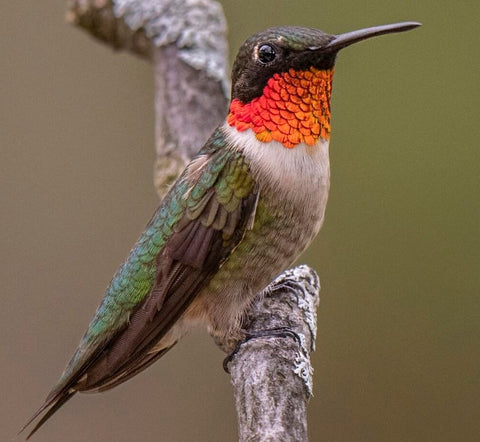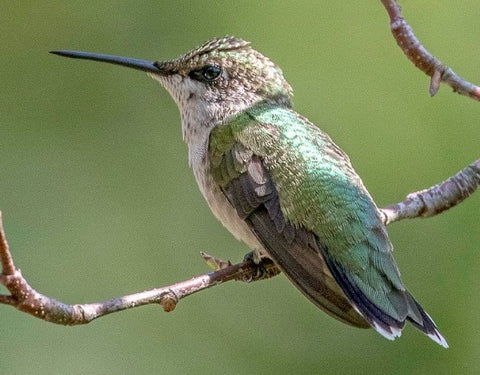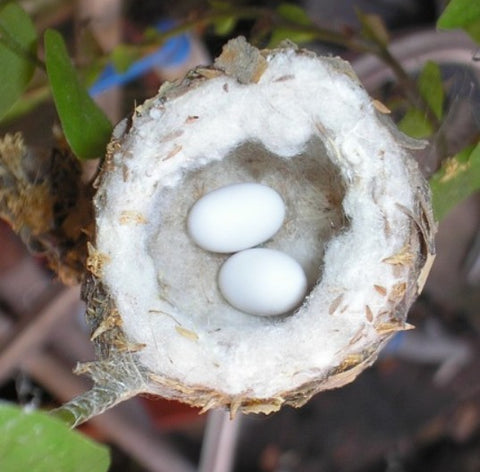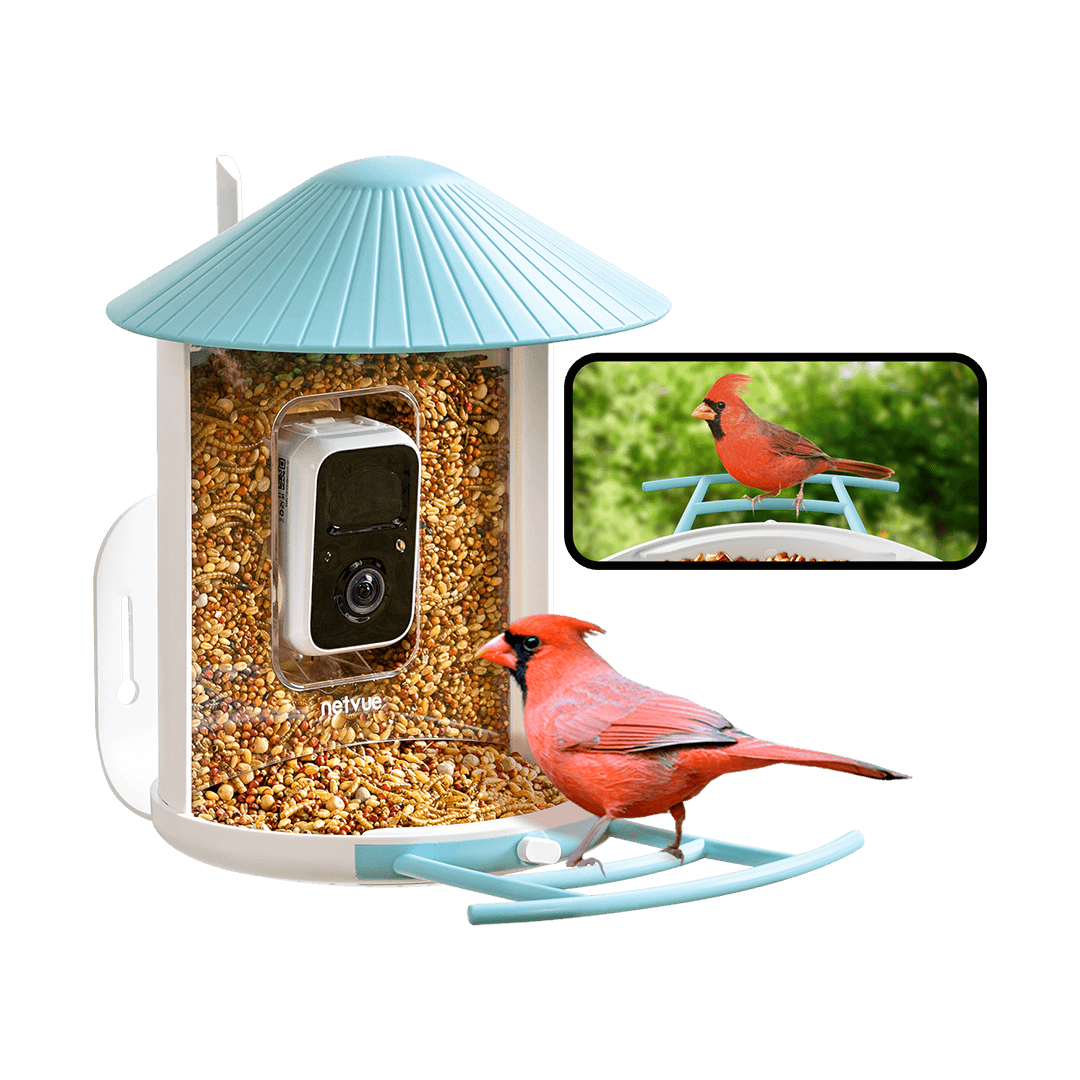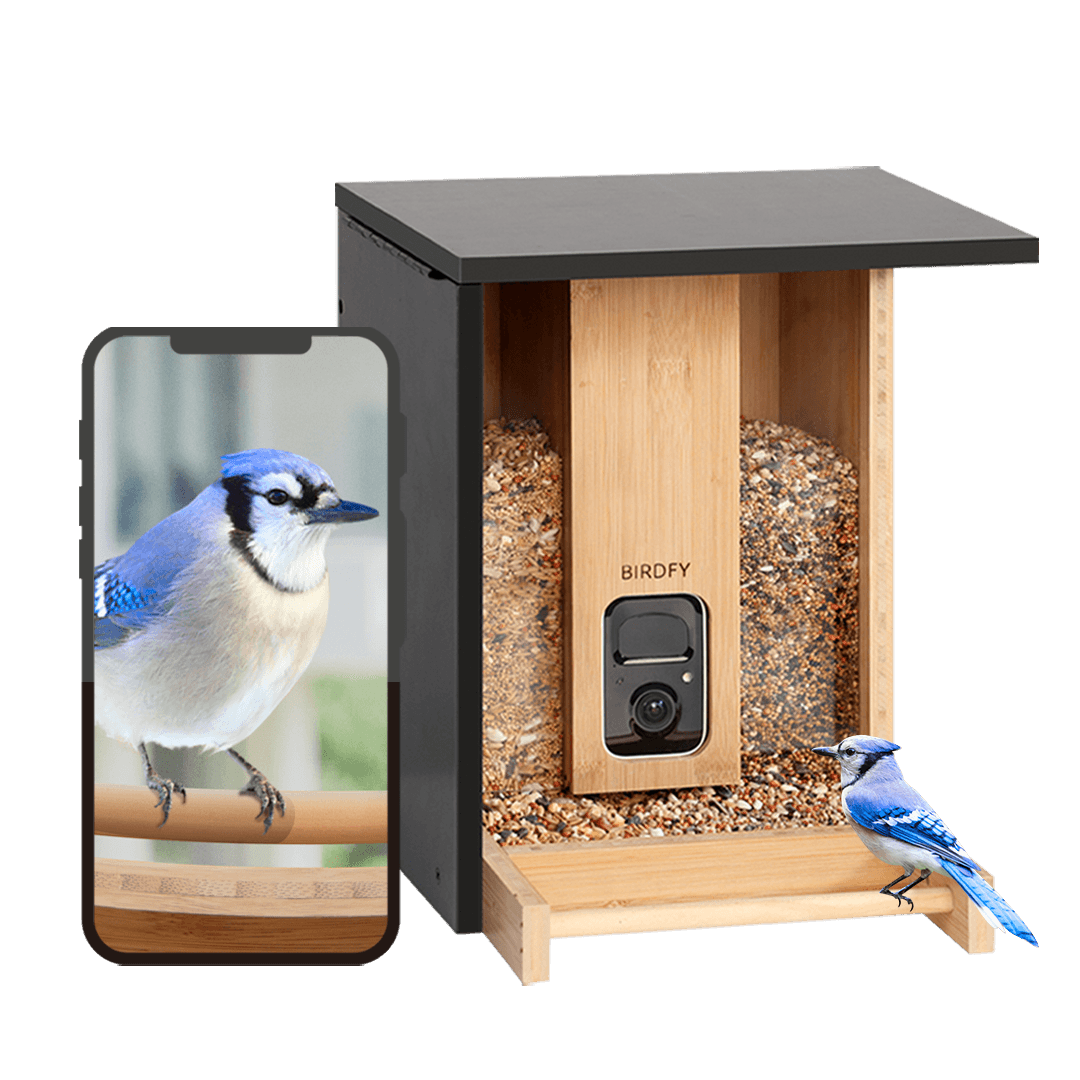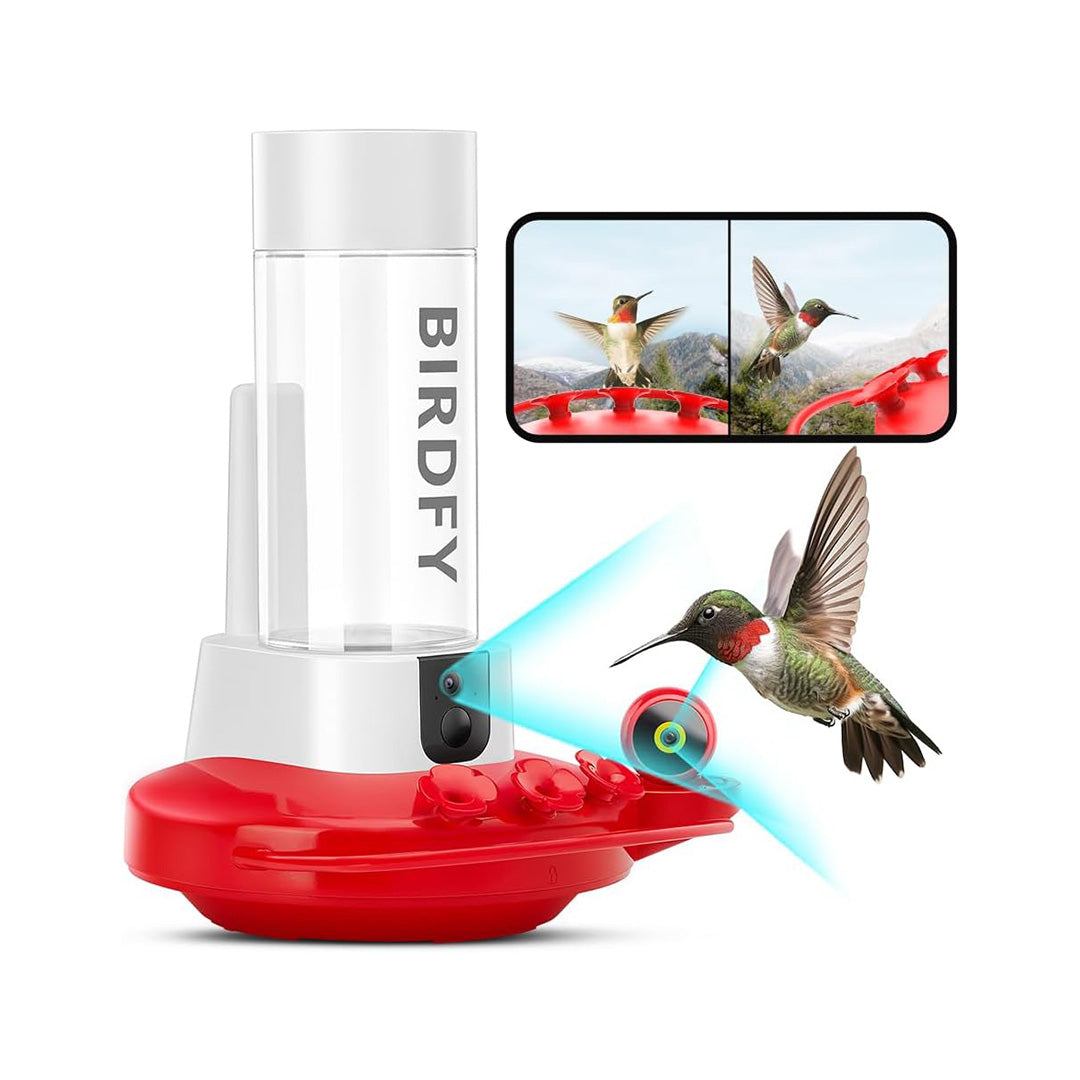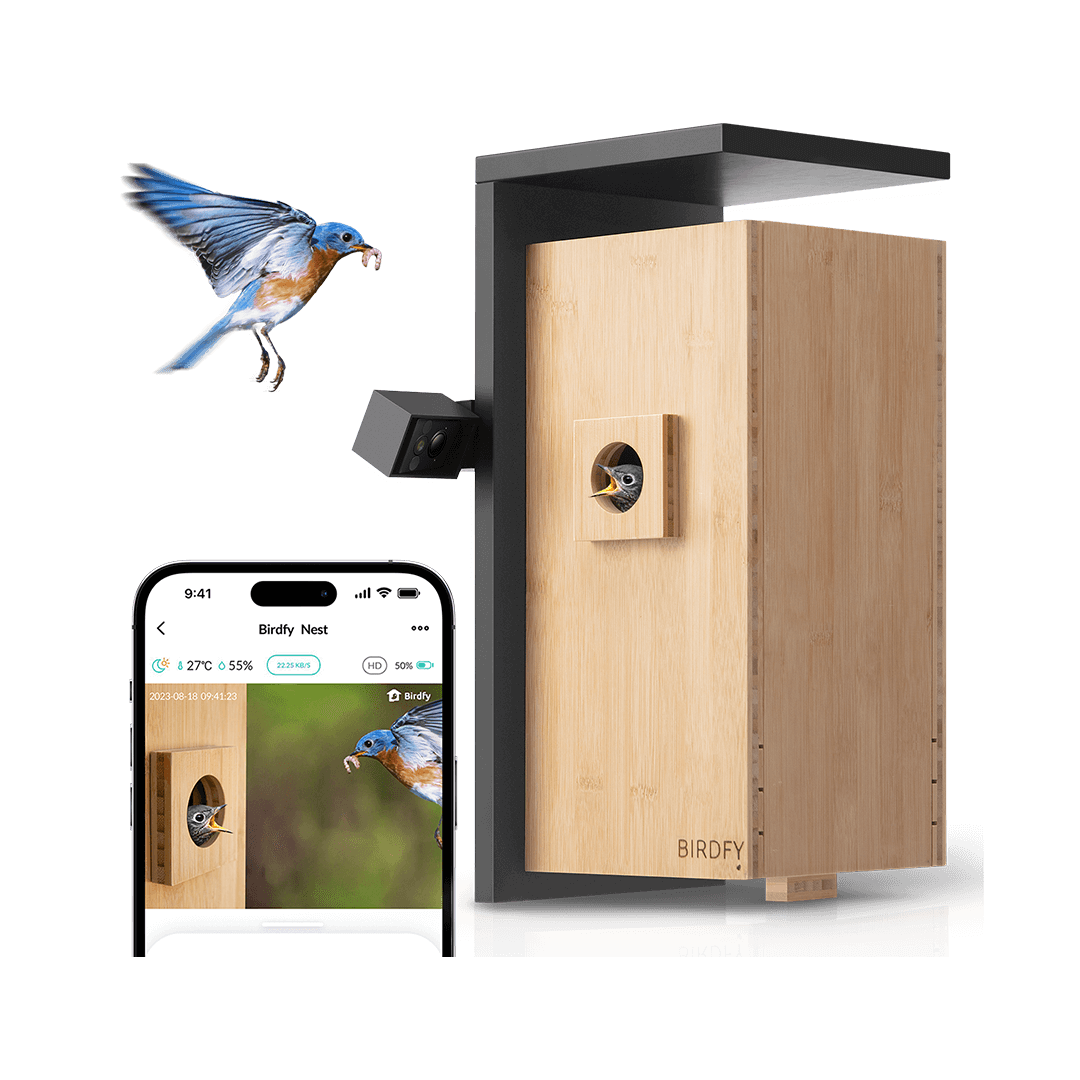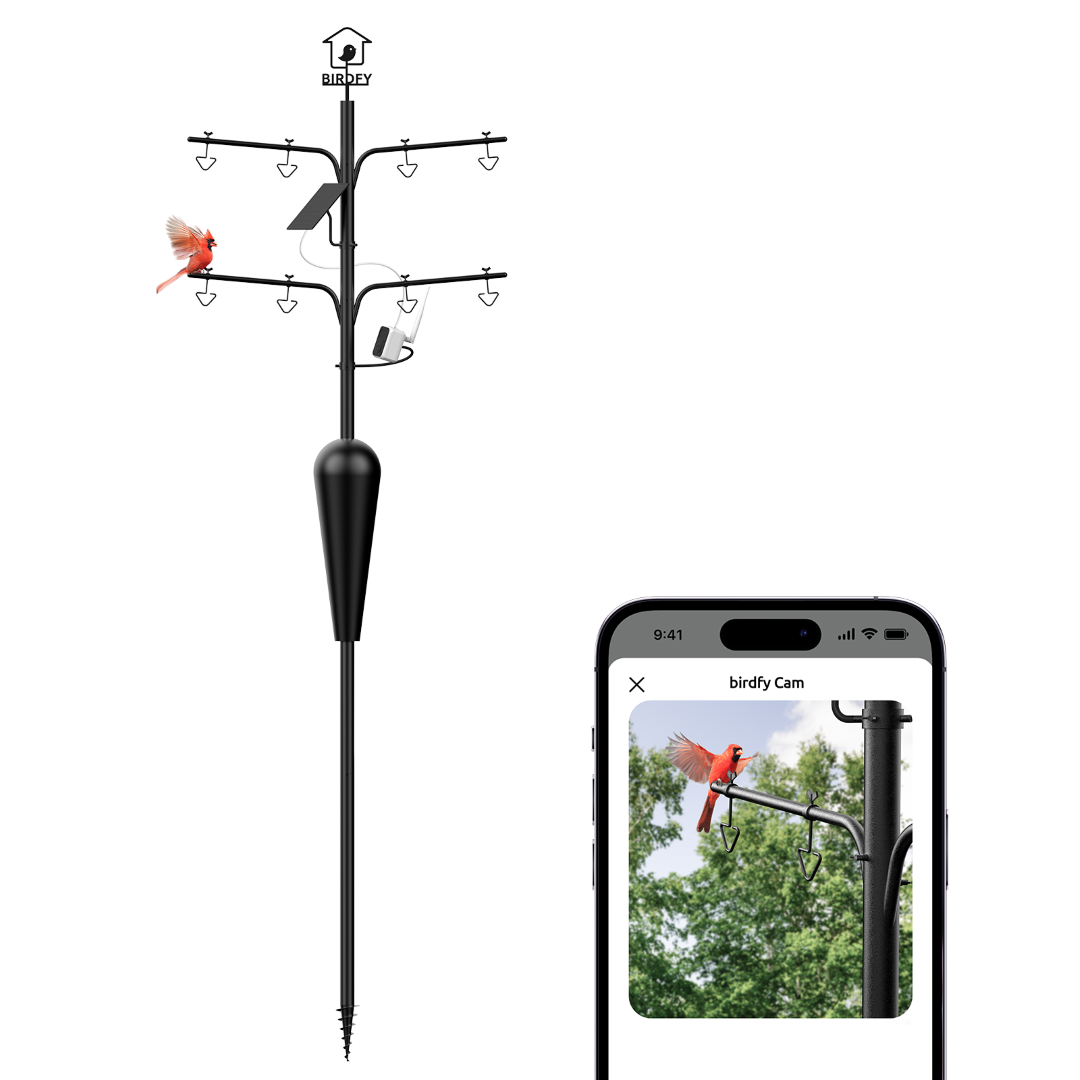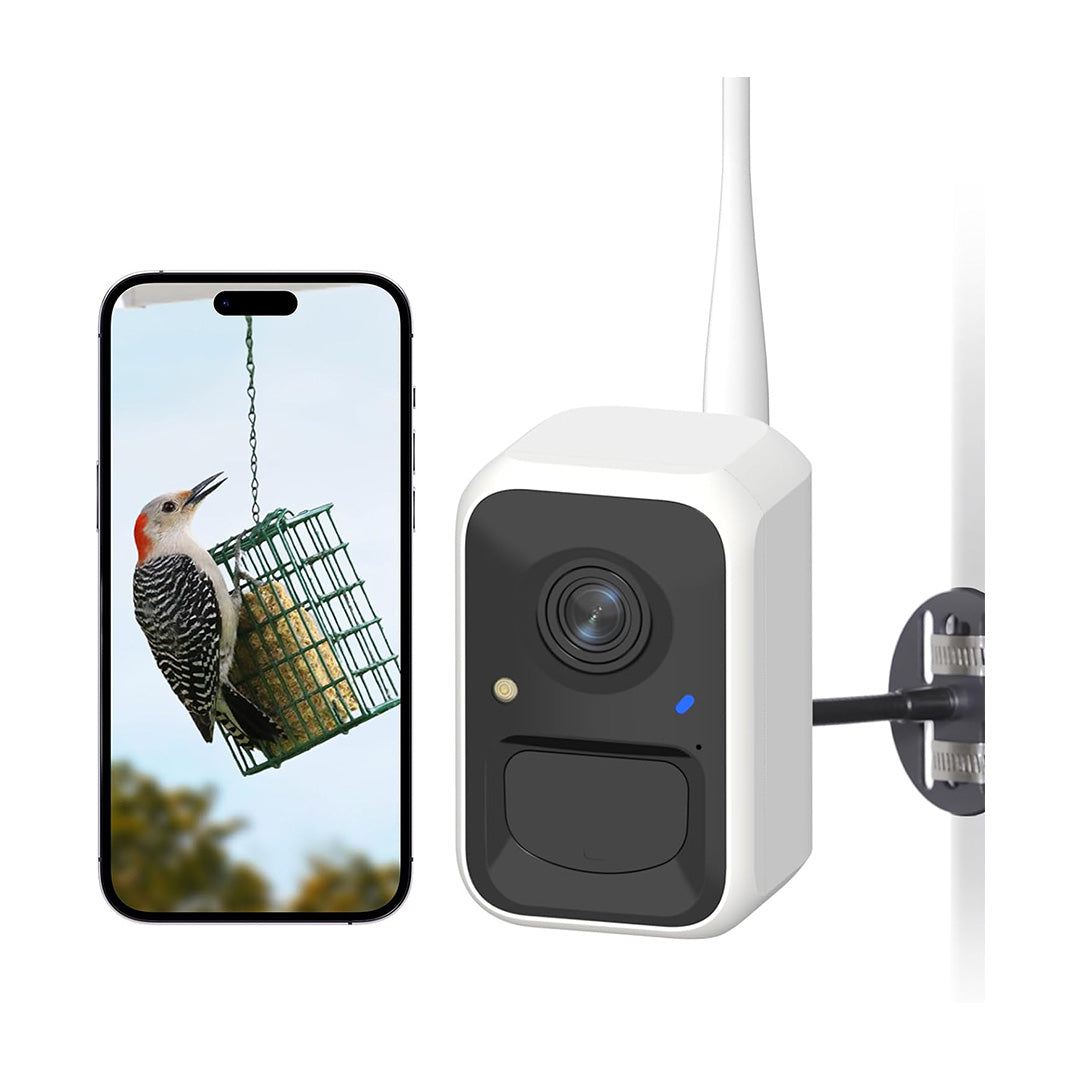Bird introduction-Ruby-Throated Hummingbird
Bird introduction-Ruby-Throated Hummingbird
The ruby-throated hummingbird is the most widely distributed and commonly recognized hummingbird in North America. It is the only hummingbird species to regularly breed in the eastern United States and its colorful green and red plumage is instantly familiar to many birders.
The adult male Ruby-throated Hummingbird has a gorget (throat patch) of iridescent ruby red bordered narrowly with velvety black on the upper margin and a forked black tail with a faint violet sheen. The red iridescence is highly directional and appears dull black from many angles. The female has a notched tail with outer feathers banded in green, black, and white and a white throat that may be plain or lightly marked with dusky streaks or stipples. Males are smaller than females and have slightly shorter bills. Juvenile males resemble adult females, though usually with heavier throat markings. The plumage is molted once a year on the wintering grounds, beginning in early fall and ending in late winter.
Scientific Name: Archilochus colubris
Lifespan: 4-6 years
Size: 3-3.75 inches
Weight: 0.1-0.13 ounces
Wingspan: 4-4.5 inches
The ruby-throated hummingbird is a species of hummingbird that generally spends the winter in Central America, Mexico, and Florida, and migrates to Canada and other parts of Eastern North America for the summer to breed. It is by far the most common hummingbird seen east of the Mississippi River in North America.
The birds can be found in deciduous forests, parks, gardens, and yards—particularly areas with colorful flowerbeds and flowering hedges.
They often visit hummingbird feeders and tube-shaped flowers and defend these food sources against others. They also pluck tiny insects from the air or from spider webs.
Hummingbirds are highly desirable backyard visitors. Ruby-throated hummingbirds can be attracted to nectar-producing flowers, particularly red blooms such as red columbine, bee balm, phlox, trumpet creeper, and lilies.
As typical for their family, ruby-throated hummingbirds are thought to be polygynous. Polyandry and polygynandry may also occur. They do not form breeding pairs, with males departing immediately after the reproductive act and females providing all parental care.
Each female parent will build her thick cup-shaped nest lined with fine plant fibers or trimmed with moss and lichens for camouflage, placed 5-20 feet above the ground.
Females lay two (with a range of 1 to 3) white eggs and produce one to two broods each summer. They brood the chicks over a period of 12 to 14 days, by which point they are feathered and homeothermic.
